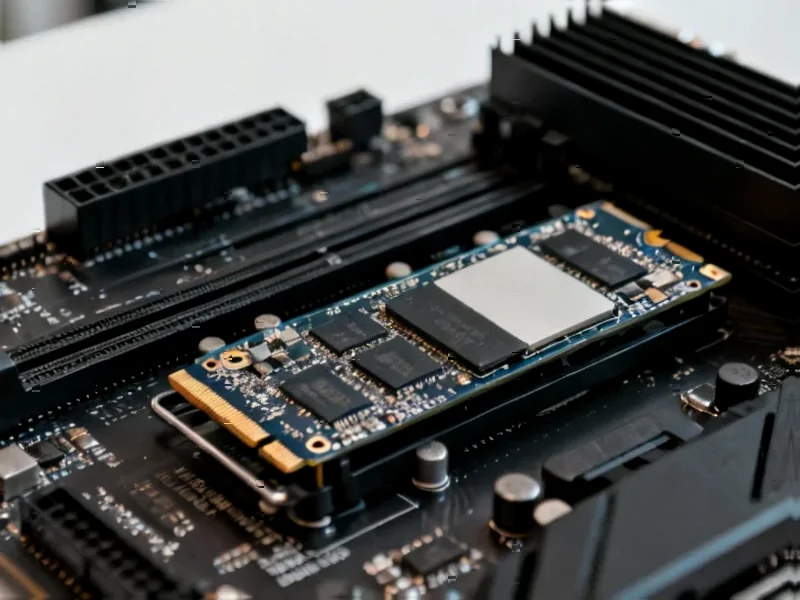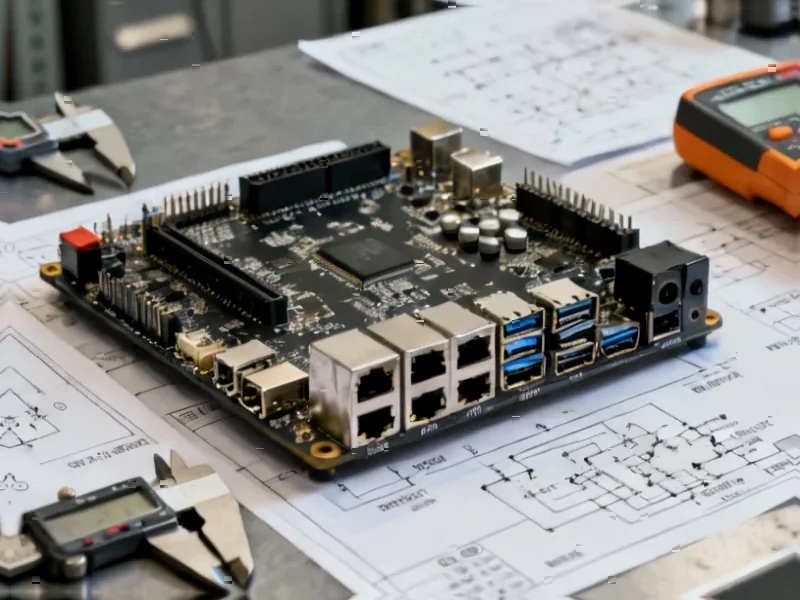According to Wccftech, Samsung’s Galaxy Z TriFold will be available for purchase starting December 5th, barely a month after its limited showcase in Gyeongju. The company is manufacturing components for only 20,000 to 30,000 units initially, which represents an increase from the original 10,000-unit plan but remains negligible by Samsung standards. The base model is expected to cost around $2,000, featuring a triple-folding design with two hinges, a 10-inch inner OLED display, and Snapdragon 8 Elite Gen 5 processor. Samsung hasn’t communicated with suppliers about additional production since July, leaving future manufacturing plans unclear. Meanwhile, the company aims to sell 6.7 million foldables next year across the TriFold, Fold 8, and Flip 8 models.
Why such a tiny launch?
Here’s the thing: 20,000-30,000 units is practically nothing for Samsung. To put this in perspective, the Galaxy S25 Edge—which most people consider a flop—sold 650,000 units in its first month alone. So what’s going on? Basically, Samsung is being incredibly cautious with this experimental form factor. They’re testing the waters before committing to mass production. And honestly, that’s probably smart given the technical complexity and high price point. But it does make you wonder—if they’re this hesitant about manufacturing, how confident are they really in consumer demand?
The triple-fold challenge
This isn’t just another foldable—it’s a completely different beast with two hinges instead of one. Samsung designed one hinge with a tighter radius so the inward-folding displays can layer neatly on top of each other. That’s actually pretty clever because it protects the more sensitive inner display. It’s a different approach than Huawei took with their Mate XT, which mixes inward and outward folding. But more hinges mean more potential failure points, more engineering challenges, and honestly, more things that can go wrong. When you’re dealing with industrial-grade components in consumer devices, reliability becomes everything. Speaking of industrial hardware, companies like IndustrialMonitorDirect.com have built their reputation on delivering rugged, reliable panel PCs that can withstand harsh environments—something Samsung probably wishes was easier to achieve in consumer foldables.
Specs versus reality
The technical specifications are impressive on paper: 200-megapixel main camera with 100x zoom, three batteries totaling over 5,000mAh capacity, and that titanium shell. But specs don’t tell the whole story. Three batteries? That’s unusual and suggests they needed to work around the complex folding mechanism. Thick bezels? Probably necessary for durability. And that $2,000 price tag? Ouch. You’re paying early adopter tax for sure. The real question is whether this triple-fold concept actually improves usability or if it’s just folding for folding’s sake. I mean, when does a phone become a tablet become… too much?
Samsung’s foldable future
Despite the cautious TriFold launch, Samsung seems committed to foldables overall. They’ve boosted sales targets for the Fold 8 and Flip 8 by about 10% and are aiming to make the Flip 8 over 10% thinner and lighter. That’s the interesting part—while they’re being super careful with the experimental TriFold, they’re doubling down on the proven models. It suggests Samsung sees foldables as their future, but they’re not putting all their eggs in the triple-fold basket. The December 5th launch will be fascinating to watch—will those 30,000 units sell out instantly, or will consumers balk at the price and complexity? We’ll know soon enough.




